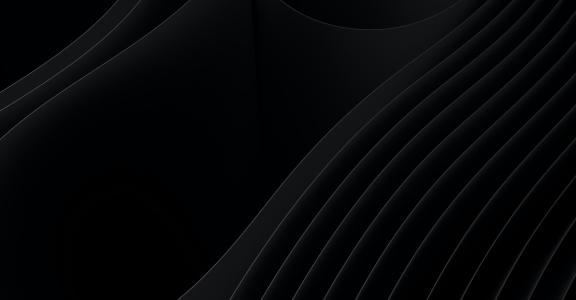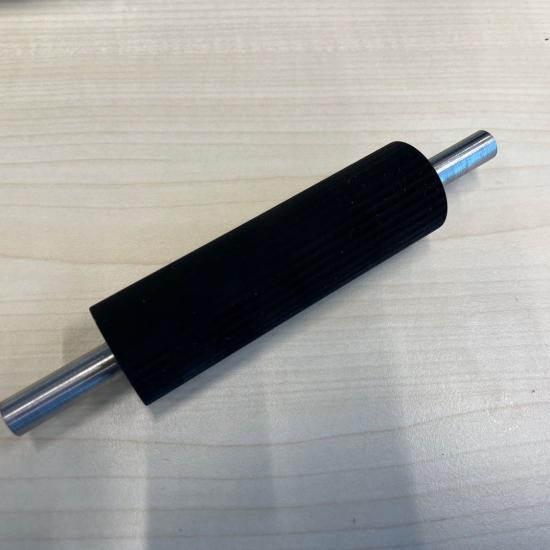Ultra-black surfaces are for many reasons essential to space industry. Black coatings that are used at present work well, but they have their limitations. In search for a better alternative ESA, together with Sirris, started exploring the possibilities of laser texturing.
Making black surfaces is very important for space travel: a black surface reflects little or no light and is therefore often used on instruments for accuracy and to reduce errors. Stray light can complicate scientific experiments such as observations of the earth’s surface and/or stars. Furthermore, black surfaces radiate much more heat, and this is just about the only way an instrument or satellite can get rid of the heat generated by electronics and/or solar radiation is through radiators, which radiate it back into space. The blacker the surface, the better it is suited for this purpose, and also the lighter, more compact, more accurate and more stable the instrument becomes.
At present, many black coatings are used, but they have some limitations.
For example, they are very fragile and require a number of complex steps to be applied on a surface.
hey are also not as good as they should be in terms of performance,especially emissivity (radiating heat). This is why the European Space Agency ESA, together with Sirris, started their search for a better alternative, with the support of the Federal Science Policy (BELSPO).
Ultrablack through multi-scale texturing
To Sirris it was clear that here was an opportunity to push the state of the art by deploying its ultra-short pulsed laser technology.
This allows for solid mass and volume gains, which is particularly important for Belgian aerospace companies competing for international tenders.
The first part of the research has been concluded, in which the technology was proven on flat test pieces. The measurements confirm that textures do achieve the high absorption and emissivity specified, without any damage or contamination to the surface.
This opens the door to a whole range of new applications, which we will investigate further in a follow-up project together with some Belgian space companies and the Centre Spatial Liege (CSL).




